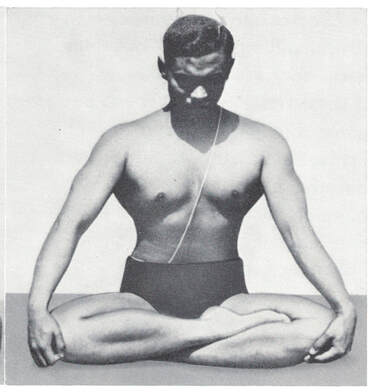 Swastikasana, by Gouri Shankar Mukerji Swastikasana, by Gouri Shankar Mukerji Through our research and practice, we have found confusion regarding the names and positions of two seated postures: Swastikasana and Siddhasana. Swastikasana is left untranslated as "Swastika", or understood as Auspicious, Good Luck or Twisted Cross Pose. Siddhasana is called the Siddha's or Adept's Pose, or Success in Meditation. Up until the 1970s or even later, Swastikasana was typically a seated, cross-legged position with the feet intertwined between the legs. This instruction is given by teachers of the Ghosh lineage such as Buddha Bose and Gouri Shankar Mukerji. It's also found in texts of hathayoga that predate the twentieth century. 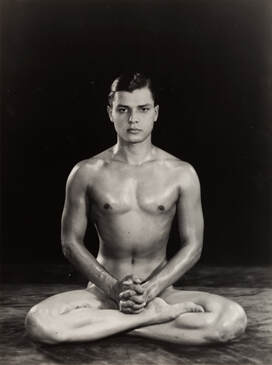 Swastikasana, by Buddha Bose Swastikasana, by Buddha Bose The Hathapradipika instructs Swastikasana as follows: "Placing the soles of both feet well between the knees and thighs [and] sitting up with the body straight: they call that the auspicious pose*" HP 1.19 (See *below for note and credit on translation). However, Bikram Choudhury in his list of "84", mistakes Siddhasana for Swastikasana. He teaches it as the position pictured at the top of this blog: balancing, resting on one heel, using the fingers to close off the senses. However, this is much closer to what Gouri Shankar Mukerji teaches as Siddhasana. 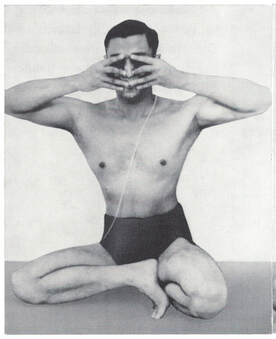 Siddhasana, by Gouri Shankar Mukerji Siddhasana, by Gouri Shankar Mukerji In 84 Yoga Asanas, Gouri Shankar Mukerji instructs Siddhasana as follows: "Sit on one heel, blocking the anus. Hold this heel in place with the other heel. Inhale. Now close all apertures on your face with your fingers. The right thumb on the right ear and the left thumb on the left ear, right forefinger on the right eye and the left forefinger on the left eye, left middle finger on the left nostril and the right middle finger on the right nostril, right ring and small fingers on the mouth (halfway) and the left ring and small fingers on the other side of the mouth. Thus all openings on your face are blocked with your ten fingers" (p. 59). Given this history, there is great confusion over the name of the posture at the top of the page. While some call it "Good Luck", we suggest it should not be called that given the fact there is a posture consistently performed as Swastikasana, Good Luck, that is different in shape. The straight-leg version pictured above is a new posture if we look at yoga's history beyond the last few decades. For this reason, we would suggest it should take on a new name. * This translation is from Hathapradipika.online which is the work of Dr James Mallinson, Dr Jason Birch, Prof. Dr. Jürgen Hanneder and Dr Mitsuyo Demoto-Hahn. They are working on Light on Hatha Yoga: A critical edition and translation of the Hathapradipika, the most important premodern text on physical yoga.
We are ever grateful for their work and look forward to the final publication.
0 Comments
Leave a Reply. |
AUTHORSScott & Ida are Yoga Acharyas (Masters of Yoga). They are scholars as well as practitioners of yogic postures, breath control and meditation. They are the head teachers of Ghosh Yoga.
POPULAR- The 113 Postures of Ghosh Yoga
- Make the Hamstrings Strong, Not Long - Understanding Chair Posture - Lock the Knee History - It Doesn't Matter If Your Head Is On Your Knee - Bow Pose (Dhanurasana) - 5 Reasons To Backbend - Origins of Standing Bow - The Traditional Yoga In Bikram's Class - What About the Women?! - Through Bishnu's Eyes - Why Teaching Is Not a Personal Practice Categories
All
Archives
May 2024
|

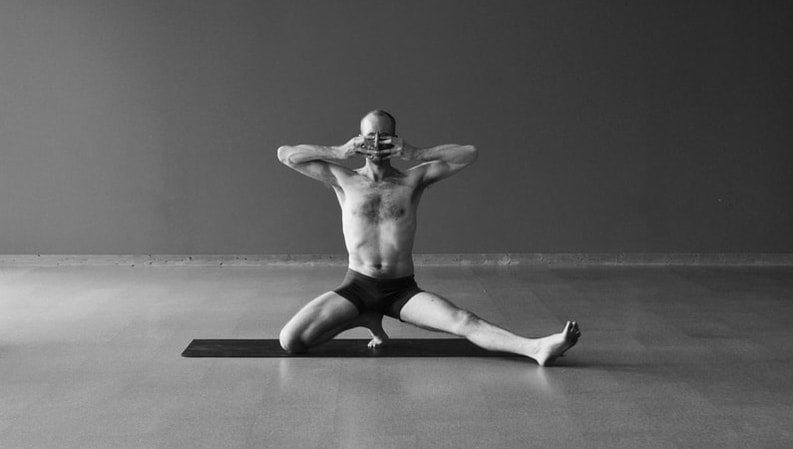
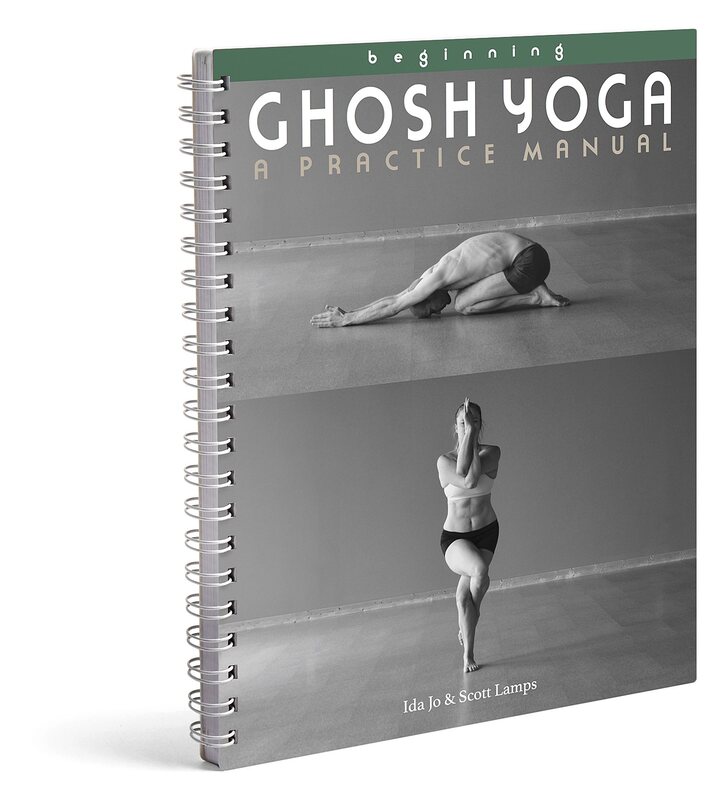
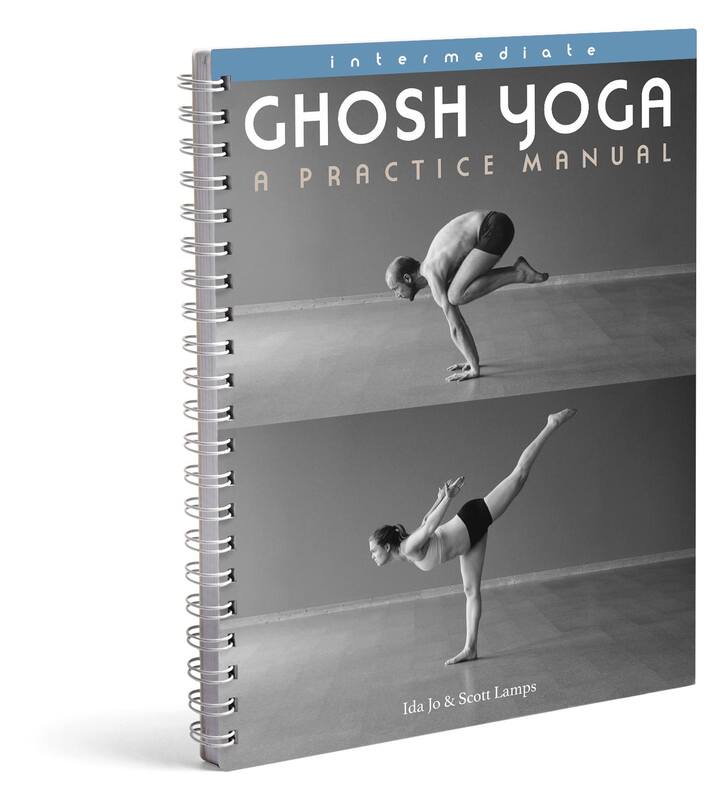
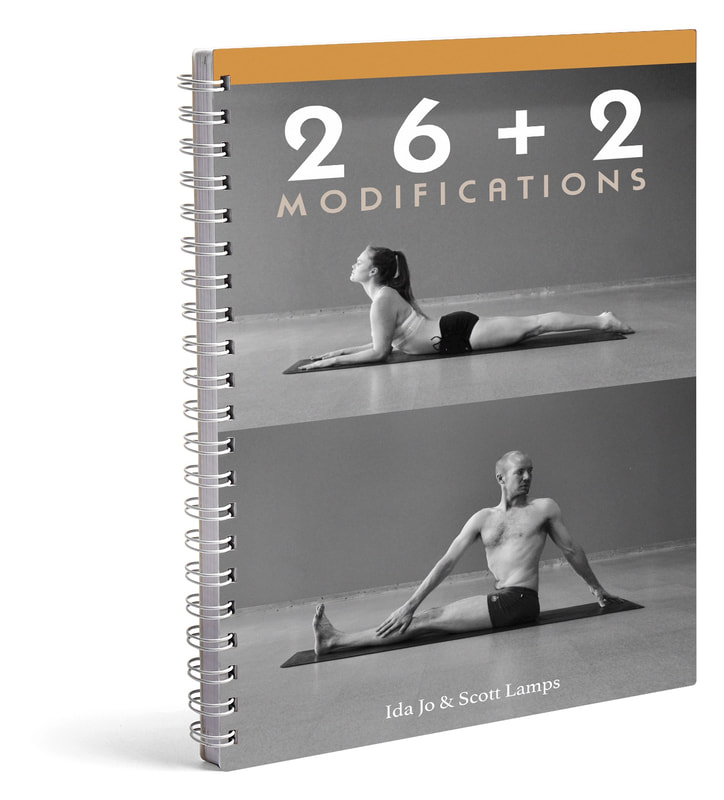


 RSS Feed
RSS Feed